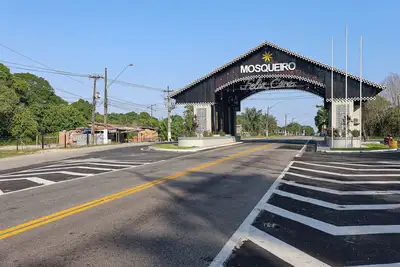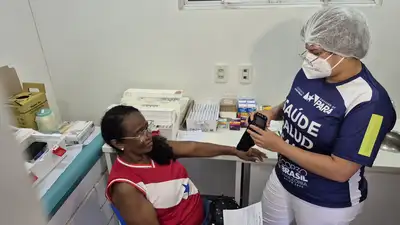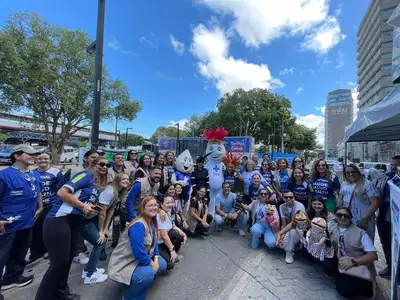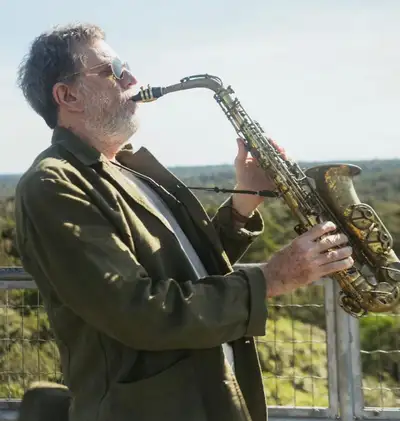Government signs decree establishing the State Low Carbon Agriculture Plan
The state aims, with the ABC+ Pará Plan, to connect production to environmental preservation, investing in sustainable food cultivation
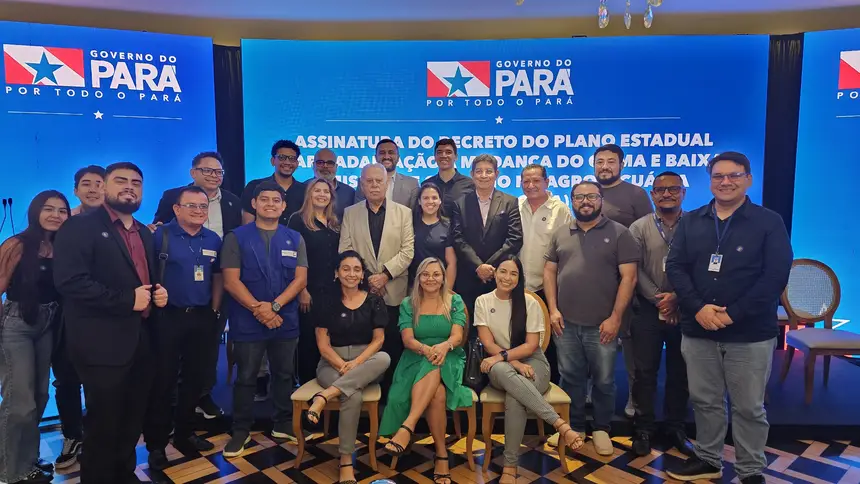
The Government of Pará, through the State Secretariat for Agricultural Development and Fisheries (Sedap), established this Tuesday (1st) the State Low Carbon Agriculture Plan (ABC+ Pará Plan), integrating it into the Federal Government's strategy aimed at the development and implementation of the State Plan for Climate Change Adaptation and Low Carbon Emission in Agriculture. The initiative aims for Sustainable Development ABC+ Pará (2020-2030), in collaboration with other members of the State Management Committee (CGE).
For Governor Helder Barbalho, who signed decree No. 4,774 establishing the State Plan, production and preservation are fundamental. He considers it a mistake and an outdated view to have a preservation agenda not linked to a production agenda. "The importance of what we do today lies in the fact that 96% of greenhouse gas emissions in Pará come from land use. Unlike states with a strong industrial base, where emissions come from industry and oil, here the central issue is land use. We want to continue being protagonists in food production, but in a sustainable way, without deforestation," emphasized the head of the Executive.
Helder Barbalho highlighted that Pará aims to have the largest cattle herd in Brazil, a goal he considers fully achievable. Currently, the state has 26 million head of cattle, with a relatively low occupied area. By doubling or tripling this production, it could surpass the herd of Mato Grosso, currently the largest in the country.

The ABC+ Plan is a federal government initiative aimed at including agriculture in greenhouse gas (GHG) emission control strategies and ensuring food while conserving natural resources. The Plan is composed of five Chambers: Integrated Systems; Sustainable Livestock; Grains, Vegetables, and Bio-inputs; Irrigation; and Transversal, each presided over and composed of representatives from institutions of the State Committee.
Regarding another important segment of the Pará economy, cocoa production, the governor stated that in 2024, Brazil produced 285 thousand tons of the fruit, with 145 thousand tons in Pará, which surpassed the production of Bahia, with 111 thousand tons. "Despite this, productivity in Bahia, to reach 111 thousand tons, was significantly higher than ours, using four times more area. The productive capacity of our state, being the largest cocoa producer in Brazil, with a smaller productive area than the second place, demonstrates the growth potential we have," added Helder Barbalho.
Reference - The Secretary of Innovation and Sustainable Development, Irrigation, and Cooperativism of the Ministry of Agriculture and Livestock, Pedro Neto, believes that Pará is the beacon of sustainable development for the Amazon region, and also for all of Brazil, within a sector for which Brazil is destined. "It is a very sensitive sector that needs to be looked at with care, attention, and diligence, so that our rural producer can have a competitive space, at the level he deserves, as he has been learning over time. Pará is a reference in this, to produce and preserve. This balance, when we see the signing of such an ambitious plan, materializes," emphasized Pedro Neto.
For the head of Sedap, Giovanni Queiroz, the Secretariat has been practicing ABC, effectively implementing the terms of low carbon agriculture. "Approximately 1,500 families are already settled, who are very sustainable, planting, through the agroforestry system (SAF), cocoa and açaí," he informed.



